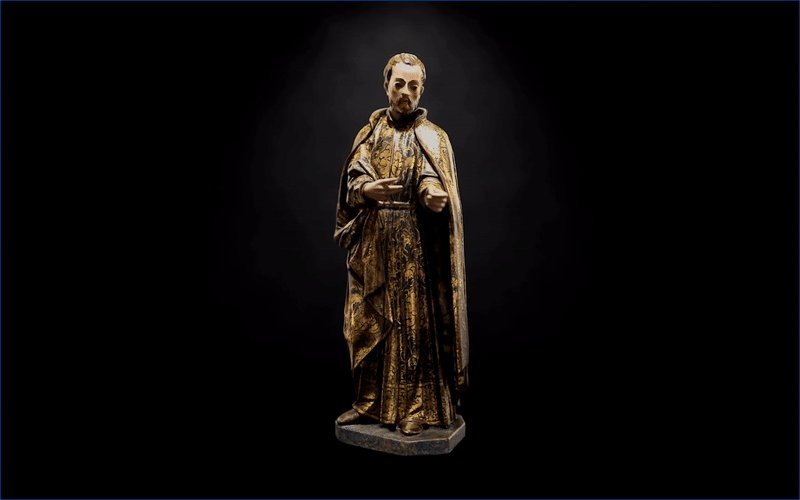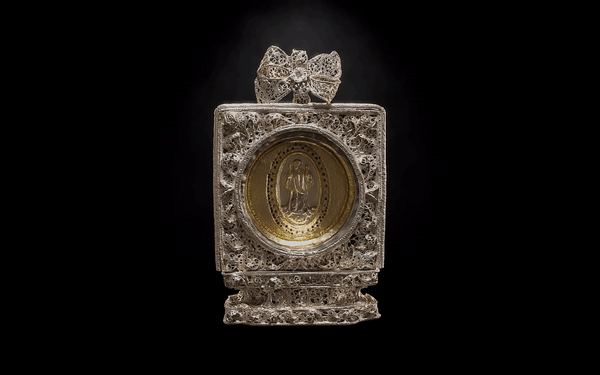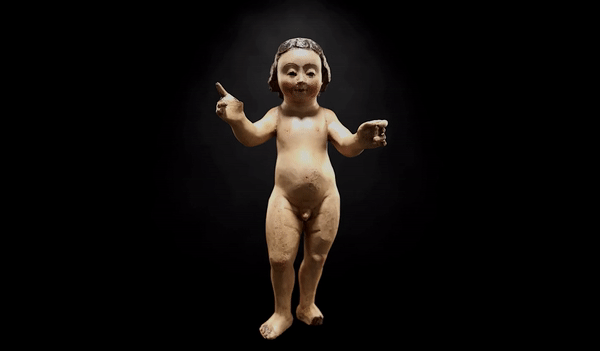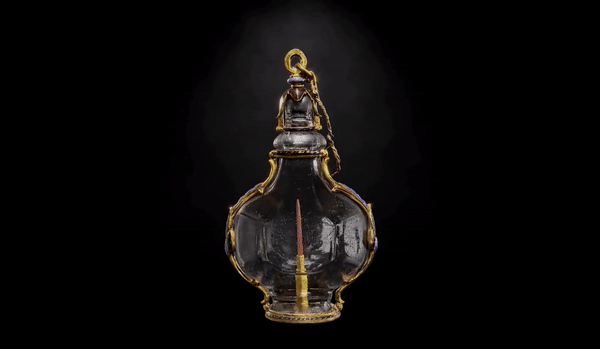
JANUARY 11TH, 2022
Founded in 1498 by Portugal’s Queen D. Leonor, Santa Misericórdia de Lisboa (SCML) has always deserved the city's recognition thanks to its charitable works. Its original mission was to improve the quality of life of the citizens, by managing all social policies related to children, youth, adults, families and older people, with particular emphasis on population groups who are in difficulties (disability, dependency needs, poverty).
Best known for its Social Welfare Work, SCML is also extensively active in the fields of health, education, research, culture and social entrepreneurship, as well as in the development of its considerable property assets, many of which have been bequeathed by benefactors.
It is also responsible for the operation of the state lottery games, thanks to an exclusive concession from the Portuguese State for the whole territory of Portugal. The revenue from the lottery games goes to good causes all around the country.
Dr. Martinho is the current chairman of SCML which has evolved into a modern non-profit organization overseen by the Ministry of Social Affairs and funded by the revenue of the lottery games in Portugal.
“SCML is a very important organization in Portugal in many different ways,” explains Dr. Martinho. “It manages the state social gaming which generates resources which are used to run different social programmes, to support the public purse and to provide resources for other government departments.
“In Lisbon SMCL is the main organization to support those in need, whether the need is material, food, health, housing or refugees. It is up to us to support the city of Lisbon.”
SCML also has a huge historical and cultural significance in Portuguese life, with more than 500 years’ worth of priceless artworks, relics and items of sacred importance.
The beautiful artifacts and art are available to view in the SCML museum but also in the Church of Saint Roch (Sao Roque), reputed to be one of the most beautiful churches in Lisbon. The saint for which it is named is also meant to be a protector from the plague.
Next year SCML is to open a new museum called the House of Asia to display the rich collection of Asian art and relics collected over the years. The opening will be a landmark year for the city of Lisbon and Portugal.
“Our main goal is to preserve these assets – and to enrich the collection,” says Dr. Martinho.
Part of the enrichment means reaching out to contemporary artists, including graffiti artists and refugees.
“We mix cultural and social significance – looking to support Portuguese artists, people with mental issues, people with disabilities and refugees. These are our main drivers at the moment.”
Despite Saint Roch being a protector against plagues, SCML was doubly impacted by COVID.
“This first was when we were hit in our resources during the pandemic period as people reduced their gaming significantly. At the same time, we saw increased pressure in demands for support from citizens.
“We had to increase our services to include food support, to provide isolation care accommodation for people with COVID, and a huge increase in-home care services.”
There are more than 5,000 employees all dedicated to making better services available and moving the SCML forward as a progressive, future-looking organization, even as it carries its history. Part of this was the adoption of the most modern of developments - non-fungible tokens, or NFTs.
“When I first heard of NFTs I thought this could be a very interesting opportunity. On the one hand, we could show off our assets and make them available for everyone who wants to get acquainted with the richness of our museum and the church.
“And on the other hand, we saw the possibilities of increasing revenues for the SCML through the new platform we are launching.”
While Dr. Martinho understands the SCML is one of the first museums to embrace this technology, he also believes that many others will follow suit, that it is the future of museums if they wish to stay relevant.
“Already we have received approaches from other museums asking for our advice on how they might do something similar. It is a learning experience and as one of the first means we are not guaranteed initial success, but it is a unique opportunity to remain relevant, display our treasures and look to earn new revenue.”
Dr. Martinho knows that for a museum to stay alive and relevant, it cannot sit still.
“We have to move ahead if we wish to survive.”

And so on December 1st the SCML NFT marketplace was launched called Artentik.com. The initial drop was 20 paintings from the 17th century featuring the life and work of St Francis Xavier (1506-1552). These have great religious significance and rarity, including his missionary work in Goa and Japan. The paintings were placed on the Sacristy of the Church of St. Roch in 1619, three years before the official canonization of St. Francis Xavier, and were part of a religious campaign about the life and work of the great Jesuit missionary to support the process of his canonization by the Catholic Church.

Reliquary of St. Francis Xavier
Each painting is converted into a limited number of 100 mints. The last mint of each will remain at SMCL with the other 99 editions available on Artentik.com for a fixed price of €950.
The following week leading up to Christmas, two more NFT collections were dropped which featured a painting of Our Lady of Conception and a sculpture of the Christ Child.
Our Lady of Conception was painted around 1730 by the Portuguese painter Inacio de Oliveira Bernardes (1695-1781) and is linked to the Catholic Feast of the Immaculate Conception celebrated every December 8th. The half-moon, serpent and globe at the feet of the Virgin Mary and the ring of 12 stars around her head are all symbols attributed to the Immaculate Conception.

The 30 cm figure of Jesus as a child was carved in wood in the 16th century in the workshops of Malines, Flanders, in what is today Belgium. Its existence in the Church of St. Roch was first referenced in a handwritten document dated November 8, 1594. The Christ Child is shown with arms outstretched in an attitude of praise. The right arm is shown in a gesture of blessing and the left-hand holds a crystal cross with a wooden relic of the Holy Cross.
A further Christmas-themed drop was the reliquary of St Joseph that dates from the 18th century and is a silver chest or hat pin that includes a relic of the cloth of St Joseph at the centre, encased in silver filibran work.
At the end of December SCML launched its unique NFT from a reliquary that holds what is believed to be a Holy Thorn from Christ’s Crown of Thorns as an NFT on December 28th.

In total, there will be 1 million NFTs created from the Thorn to allow people to connect with this special relic in the same way a commemorative coin can celebrate a time, occasion or person. This December 10,000 were released allowing people to purchase this special NFT at €300 each.
“While the Thorn will hold enormous spiritual meaning for many people, it can also have a protective or talisman nature, because as a relic touched by Christ it is considered to have a healing power,” says Margarida Montenegro, head of Santa Casa’s Culture Direction.
“Before the advent of NFTs it would not have been possible to give people the opportunity to own such a unique piece of history and to be able to enjoy its beauty, set in rock crystal, gold and enamel, whenever they want,” Margarida added.
The relic was first acquired by the Jesuit College of Brno (now the Czech Republic) and was given to Juan de Borja in 1581. It was included in a small bottle of Bohemian crystal perfume which demonstrates that it was to have a private and intimate use. In 1594, the relic was offered to the Lisbon Jesuits by Mr de Borja and transferred to Santa Casa in 1768.

Reliquary of St. Francis Xavier
Artentik, is built on the Polygon Network blockchain offering faster transaction speeds, Proof of Stake leading to minimize environmental impact, and reliability. Artentik does not charge a Gas fee for minting NFTs. Artentik is a joint venture with Boloro Global Limited, a New York City-based technology company.
